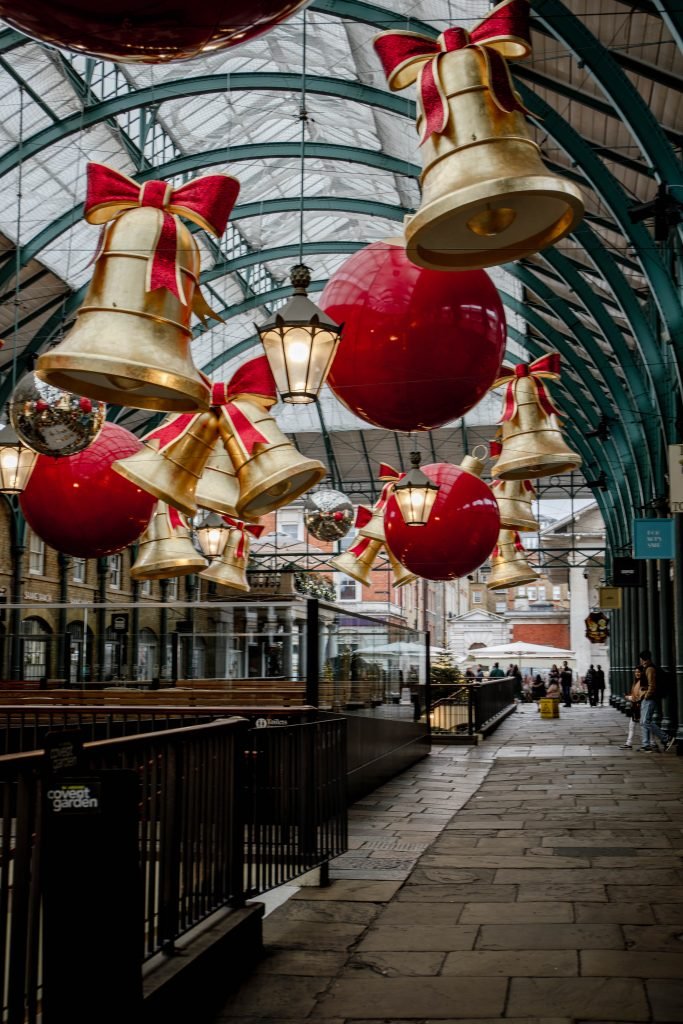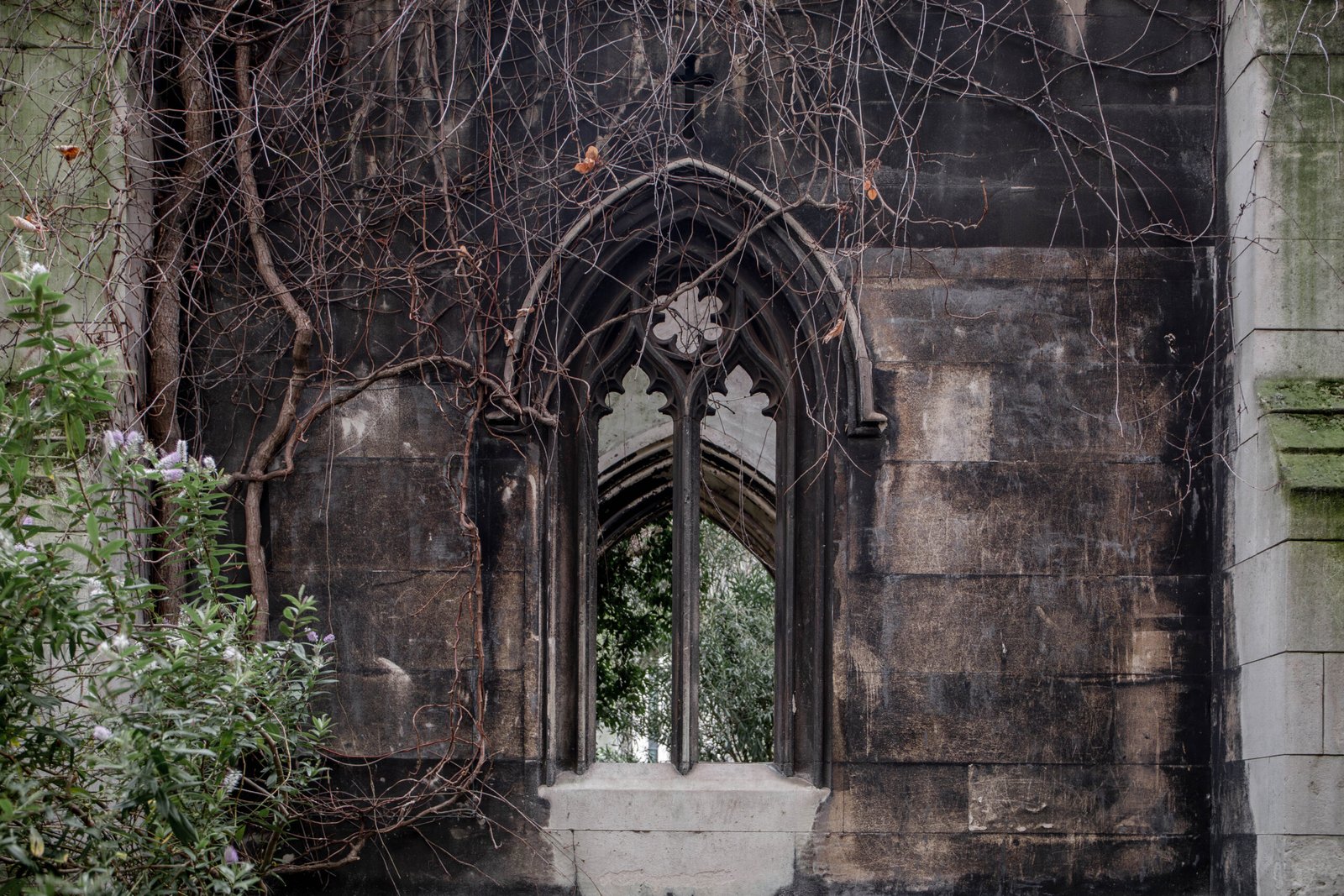Reaching Mount Fansipan's Peak
Towering at 3,143 meters, Mount Fansipan stands as the “Roof of Indochina,” beckoning travelers to its misty summit with promises of breathtaking views and a profound sense of accomplishment. Nestled in Vietnam’s Lào Cai Province, this iconic peak within the Hoang Lien Son Mountain Range offers not just a physical ascent but a journey into the soul of nature, where ancient temples meet the clouds and every step feels like an homage to the wilderness.
For me, this expedition to Fansipan was more than just ticking off a bucket list destination; it was a dance with the elements, a lesson in resilience, and an opportunity to capture the raw beauty of the world through my camera lens.

-
Save
Hi! I’m Kiki, a California native, who left my career in corporate finance to become a world traveler.

-
Save
My journey began in the early hours when the morning fog still clung to the terraced rice fields below. Instead of hiking the entire way, I opted for the famed cable car from Sun World Fansipan Legend, a marvel of modern engineering. Encased in glass, the cabin felt like a floating observatory, offering uninterrupted views of the valley below. The Muong Hoa River wove like a silver ribbon through lush greenery, while the distant peaks rose like guardians of a forgotten realm.

-
Save
The ride was both tranquil and exhilarating, a moment to breathe and reflect as the world unfurled beneath me. The higher we climbed, the more dramatic the scenery became, rolling hills gave way to jagged ridges cloaked in clouds, and the bustling town of Sapa shrank into a speck. It felt like ascending to a realm where time slowed and nature reigned supreme.

-
Save

-
Save
Reaching the cable car’s endpoint was just the beginning. A final stretch of steep stairs awaited, and though I had underestimated the chill at this altitude, the sun offered enough warmth to make my light dress bearable. The climb, while short, demanded stamina. Each step brought me closer to the summit and to a world where the earth seemed to merge with the heavens. The steepness of these stairs, however, made me pause to think about how challenging it could be for the elderly, especially after the funicular.

-
Save
As I ascended, I passed the Great Buddha Statue, an imposing bronze figure radiating calm amidst the swirling mist. Nearby, the Bich Van Zen Monastery stood as a tranquil haven, its ornate architecture blending harmoniously with the rugged surroundings. The Big Bell Tower loomed ahead, its resonant chimes carrying through the crisp mountain air, a melody that seemed to echo eternity itself. Along the way, I noticed monks clad in thin robes, seemingly unbothered by the cold, moving with quiet purpose. Some prayed in the early hours, their chants filling the serene atmosphere before the crowds arrived. Further along, the Stupa, a towering multi-tiered structure, rose like a beacon, a reminder of humanity’s timeless connection to the divine. These sacred sites were more than architectural wonders; they were spaces of reflection, where each carved detail whispered stories of faith and perseverance.

-
Save
Reaching the top was a triumph. The summit greeted me with an expansive panorama of the Hoang Lien Son Mountain Range, its undulating peaks stretching endlessly into the horizon. Clouds drifted lazily below, occasionally parting to reveal valleys bathed in sunlight. The air was thin but invigorating, filling my lungs with a clarity that felt almost sacred.
Fansipan was a photographer’s paradise. Every frame felt like a masterpiece, clouds weaving through jagged peaks, sunlight filtering through temple arches, and the interplay of shadows on terraced fields below. As I reviewed my shots, I realized they were more than images; they were fragments of a story, moments frozen in time that spoke of nature’s grandeur and humanity’s enduring connection to it.

-
Save
Standing at Fansipan’s summit, I was struck by the realization that this mountain was more than a destination; it was a mirror reflecting the resilience and wonder within those who dared to ascend. Each step, each breath, and each pause along the way was a reminder of life’s impermanence and the beauty that lies in embracing the present.
The journey down was far from direct. I took my time, exploring the attractions I had missed on the way up. The Muong Hoa funicular trundled up and down, ferrying passengers through a landscape that seemed plucked from a dream. Watching its vibrant red cars disappear into the mist was a serene way to pause and soak in the surroundings. Hunger soon called, and I stopped for a hearty lunch of Bánh Tráng Nướng, a delightful Vietnamese street food often dubbed “Vietnamese pizza.” As a vegetarian, I was thrilled by its crisp rice paper base topped with eggs, scallions, and a medley of savory sauces. Paired with a fruit platter and coffee earlier that morning, it was a meal that recharged my spirit for the rest of the descent.
.

-
Save

-
Save
Fansipan taught me that journeys are as much about the path as the destination. It’s in the quiet moments, the chime of a distant bell, the rustle of leaves in the wind, the first sip of hot coffee after a cold climb, that we find the essence of travel.
As I descended, leaving the clouds and temples behind, I carried with me not just photographs but a deeper appreciation for the raw, untamed beauty of our world. Fansipan may be the Roof of Indochina, but for those who reach its peak, it becomes something far more profound, a reminder that nature, in all its majesty, is our greatest teacher.

-
Save
📍 Location: Northern Vietnam, near Sapa in the Hoang Lien Son mountain range. Fansipan is known as the “Roof of Indochina” at 3,147 meters above sea level.
✈️ How to Reach Mount Fansipan:
- By Air: Fly into Noi Bai International Airport (Hanoi), the nearest major airport. From Hanoi, take a bus, train, or private car to Sapa.
- By Train: The overnight train from Hanoi to Lao Cai is a scenic and comfortable option. From Lao Cai, Sapa is a short 1-hour bus or taxi ride away.
- By Bus: Direct buses from Hanoi to Sapa are affordable and take approximately 5-6 hours. Sleeper buses are a popular choice for overnight travel.
- By Private Car: For a flexible journey, hire a private car from Hanoi. This allows for stops at scenic spots like the Silver Waterfall and Tram Ton Pass en route.
🕒 Best Time to Visit Fansipan:
- March to May (Spring): Clear skies, blooming flowers, and comfortable trekking weather.
- September to November (Autumn): Crisp air, golden terraced rice fields, and optimal conditions for hiking.
🌧️ Low Season:
- June to August: The rainy season can make trails slippery and less enjoyable, though the surrounding landscapes remain lush and vibrant.
- December to February: Winter brings chilly temperatures and occasional frost or snow at the peak, creating a surreal but challenging experience.
⏳ Ideal Stay:
- 2-3 days in Sapa allows for an ascent to Fansipan’s peak and exploration of surrounding attractions like Cat Cat Village and Muong Hoa Valley.
- For serious hikers, allocate 2 days for a guided trek. Those using the cable car can plan a day trip to Fansipan.
🚶 Trekking vs. Cable Car:
- Trekking:
- Duration: 1-2 days, depending on your route and pace.
- Difficulty: Moderate to challenging, with steep paths and uneven terrain.
- Guides: Required for safety and navigation; they also share local insights.
- Cable Car:
- A quicker option to reach the peak in 15-20 minutes.
- Enjoy panoramic views of lush valleys and rugged mountains.
- From the station, a short hike (600 steps) leads to the summit.
🏞️ Must-Visit Highlights:
- Fansipan Peak:
- Stand atop Indochina’s highest peak, with breathtaking views of cloud-covered valleys and mountain ranges.
- Celebrate your achievement with a photo at the summit marker.
- Silver Waterfall (Thac Bac):
- A stunning cascade located near Tram Ton Pass, perfect for a refreshing stop on the way to Sapa.
- Tram Ton Pass:
- Known as “Heaven’s Gate,” this is the highest mountain pass in Vietnam, offering jaw-dropping vistas.
- Muong Hoa Valley:
- Admire terraced rice fields and interact with local ethnic communities like the H’mong and Red Dao.
- Bich Van Zen Monastery:
- A serene stop near the summit, showcasing traditional Vietnamese Buddhist architecture.
📸 Hidden Gems for Photographers:
- Golden Terraces in Autumn: Capture the golden hues of ripe rice fields in Muong Hoa Valley.
- Cloud Sea from Fansipan: Early mornings often offer stunning cloud inversions below the summit.
- Ethnic Villages: Authentic shots of daily life in Cat Cat or Ta Van Village.
- Tram Ton Pass at Sunset: A magical spot for evening light over the Hoang Lien Son range.
🦢 Wildlife Spotting:
- Fansipan’s forests are home to diverse flora and fauna, including orchids, ancient pine trees, and rare bird species.
👟 Pro Travel Tips:
- Gear Up for Treks: Wear sturdy hiking boots, bring a rain jacket, and carry water. Trekking poles are helpful for the steep sections.
- Acclimate in Sapa: Spend a day adjusting to the altitude before attempting the trek.
- Dress for Changing Weather: The temperature drops significantly near the peak, so layer up.
- Start Early: Beat crowds and catch the best weather conditions by beginning your ascent or cable car ride in the morning.
- Pre-Book Tickets: Reserve cable car or train tickets in advance during peak seasons.
Related Blogs
Capturing those precious moments to turn into heartfelt, fond memories.
Be stunned by the many beautiful locations to get your best shots at.
The marriage ceremony takes place at a congregational gathering in the holy presence of Guru Granth Sahib.
Fabulous ideas that will help you in making your proposal extra special.
The Dove Letter
Sign up for exclusive stories, travel guides,
and behind-the-scenes updates

-
Save





